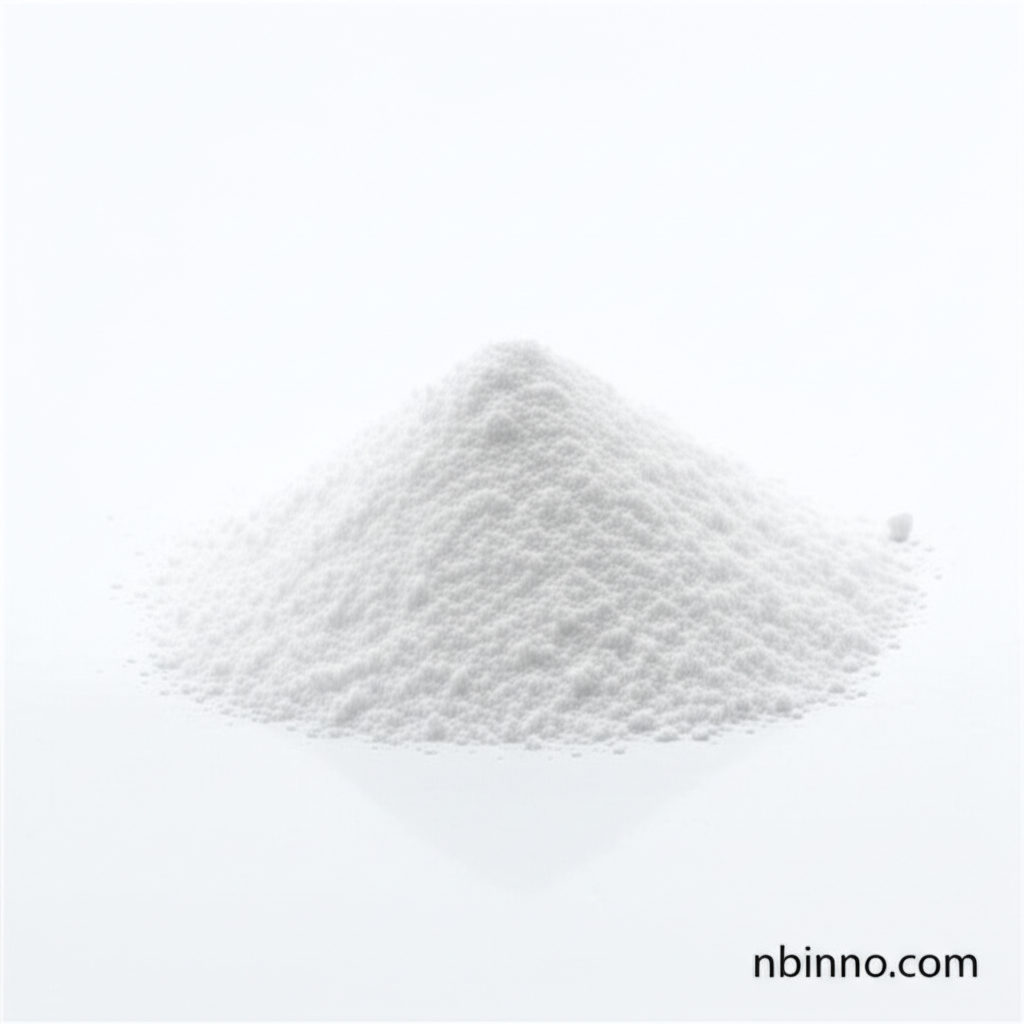Thiamphenicol: A Versatile Antibiotic for Diverse Health Needs
Explore the efficacy and applications of Thiamphenicol, a crucial synthetic antibiotic for both veterinary and human pharmaceutical use. Discover its broad-spectrum antibacterial action and favorable safety profile.
Get a Quote & SampleUnderstanding Thiamphenicol's Core Value

Thiamphenicol Powder
As a leading supplier in China, we offer high-quality Thiamphenicol, a synthetic broad-spectrum antibacterial drug crucial for various health applications. It is known for its efficacy against a wide range of bacteria, making it a valuable pharmaceutical intermediate. Our commitment as a reliable manufacturer in China ensures product purity and consistency.
- Discover the mechanism of action for bacterial infections: Thiamphenicol primarily inhibits protein synthesis by reversibly binding to the 50S subunit of bacterial ribosomes, thereby preventing peptide chain formation and exerting antibacterial effects.
- Leverage the advantages of pharmaceutical grade thiamphenicol powder: This potent antibiotic is effective against numerous Gram-negative and Gram-positive bacteria, offering a solution for various infections.
- Explore the benefits of buying thiamphenicol API: Unlike chloramphenicol, Thiamphenicol has a reduced risk of causing aplastic anemia, making it a safer therapeutic option for many patients.
- Learn why sourcing thiamphenicol API is essential: Its broad spectrum of activity and favorable pharmacokinetic profile, including good absorption and distribution, make it a key component in many treatment regimens.
Key Advantages of Using Thiamphenicol
Enhanced Efficacy and Safety
Thiamphenicol offers potent antibacterial activity, often superior to chloramphenicol, while significantly reducing the risk of severe side effects like aplastic anemia, making it a preferred choice in therapeutic strategies.
Broad-Spectrum Action
This antibiotic is effective against a wide array of pathogens, including many Gram-negative and Gram-positive bacteria, making it a versatile tool for combating diverse bacterial infections encountered in both human and veterinary medicine.
Favorable Pharmacokinetics
The rapid and complete absorption, along with wide distribution to various tissues, ensures therapeutic concentrations are reached where needed, contributing to its effectiveness in treating systemic infections.
Key Applications of Thiamphenicol
Veterinary Medicine
Thiamphenicol is widely employed in veterinary medicine to treat a range of bacterial infections in livestock and poultry, addressing conditions affecting the respiratory, urinary, and digestive systems.
Human Pharmaceutical Use
In human health, Thiamphenicol is used for treating infections caused by sensitive bacteria, including those of the respiratory, hepatobiliary, and urinary tracts, as well as typhoid fever.
Broad-Spectrum Treatment
Its effectiveness against bacteria such as Escherichia coli and Salmonella makes it a critical pharmaceutical intermediate for developing treatments for gastrointestinal and systemic diseases.
Research and Development
As a vital antibiotic, Thiamphenicol serves as a key compound in pharmaceutical research and development for new antimicrobial therapies and understanding bacterial resistance mechanisms.
